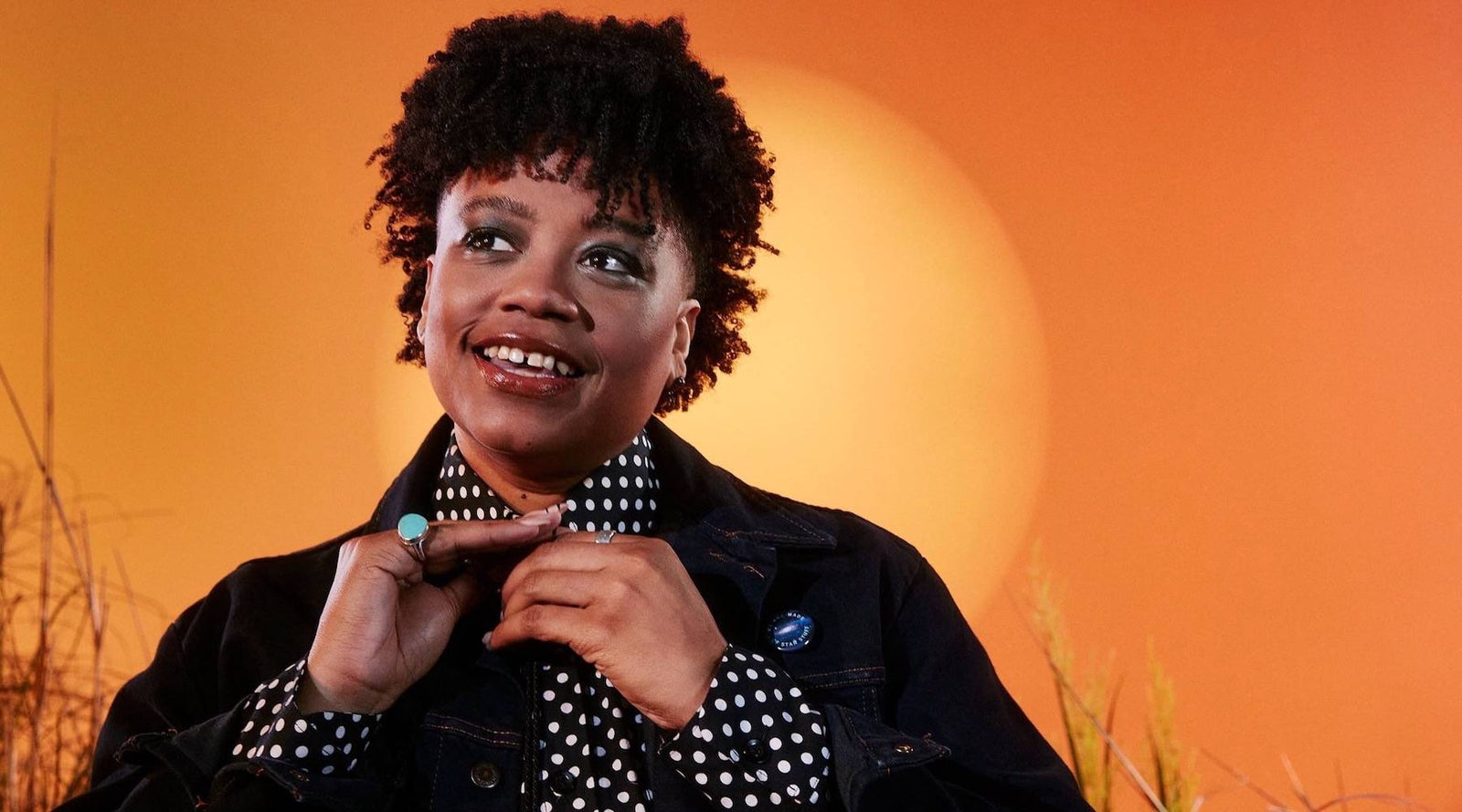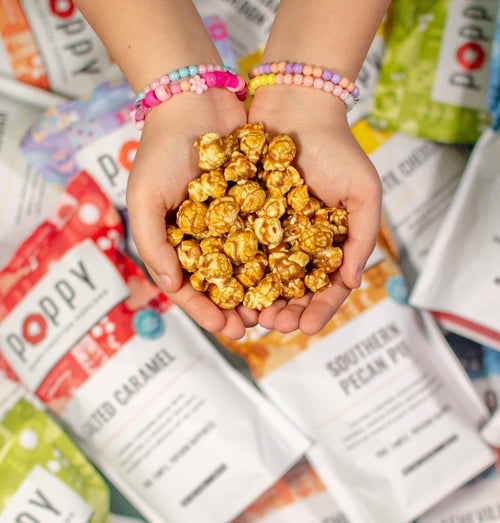
ART CREATED BY MIDJOURNEY.
“It’s really fun, and no one really cares if you’re doing it wrong because there’s no right way to do it.”
— Flatfoot dancer Margo MacSweeney, age 14
High-energy and often whip-fast, flatfoot dancing is an ancient tradition rooted in European, African, and Native American cultures, and it’s still going strong.
“We’re not romanticizing a day when flatfooting was a vibrant thing,” said Becky Hill, a percussive dancer, educator, and choreographer based in Floyd, Va. “It’s a living, breathing thing, and there is always room for innovation and experimentation. It keeps the dance energized.”
Watch the below 2022 performance at The Kennedy Center, and you’ll see what Hill means. While traditional dancers keep their feet close to the floor and their upper bodies board stiff, others raise their knees, use their hands, or incorporate their whole bodies to carry the tune. Dances may include memorized moves, like the Tennessee Walking Step, or pay tribute to other dancers by referencing their unique motions. Dancers may also showcase steps born of a specific locale. For example, you’ll only see some steps in Floyd, according to Hill.
Becky Hill and friends perform at The Kennedy Center in Washington, D.C.
“Flatfooting is a constant dialog; it’s not done in a vacuum,” she added. “It’s about how we connect with each other and the music on the dance floor. When you dance over to another person, what are you saying? What are you bringing? It’s a conversation.”
Because it is so improvisational, flatfooting can be hard to define, and the name may change depending on where it’s being performed. In some places it’s called clogging, in others flatfooting, and in others buck dancing. With this set of folk traditions is popular across the U.S., its name depends entirely on where you are.
Margo MacSweeney, 14, is part of the younger generation of dancers keeping this tradition alive. She began dancing at age 6 at the Friday Night Jamboree in Floyd and says her talent came naturally.
“The old-timers in Floyd used to tell my mom, ‘Don’t let that little girl get lessons — she just needs to keep doing what she’s doing,” laughed MacSweeney. “I have had people show me new steps, but mostly it just comes without thinking.”
MOUNTAIN MUSIC FAVORITES
Every purchase helps keep our Appalachian magazine alive, thriving, and free to readers like you.
MacSweeney is also a talented banjo and fiddle player. She performs at fiddlers’ conventions, dance competitions, and the occasional square dance. Her younger brother Misha, 10, and sister, Finnoula (Nuni), 7, also flatfoot.
“It’s really fun, and no one really cares if you’re doing it wrong because there’s no right way to do it,” she said. “And you don’t have to play an instrument to be a part of the music.”
While MacSweeney has never thought of herself as a torchbearer carrying on the flatfooting tradition, she’s happy to introduce others to the dancing style, which she does in-person and on her YouTube Channel, @MargoMacSweeney, which has almost 45,000 subscribers.
“It’s history, and we don’t want the tradition to die,” she says of her intention to continue to dance as she gets older. “I don’t see why I shouldn’t keep going. There are a lot of really old people at the Floyd Country Store, and they’re still dancing.”


























